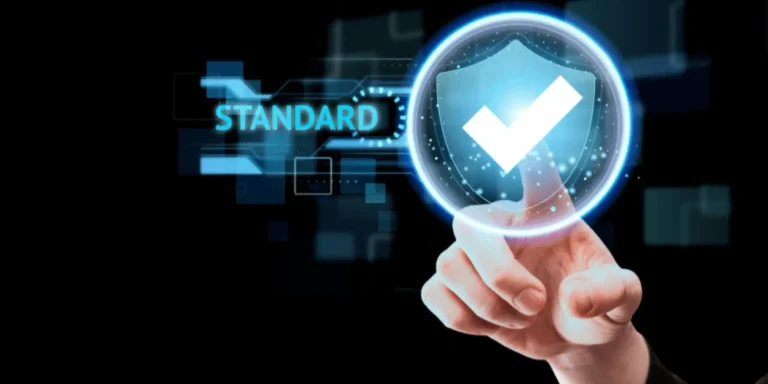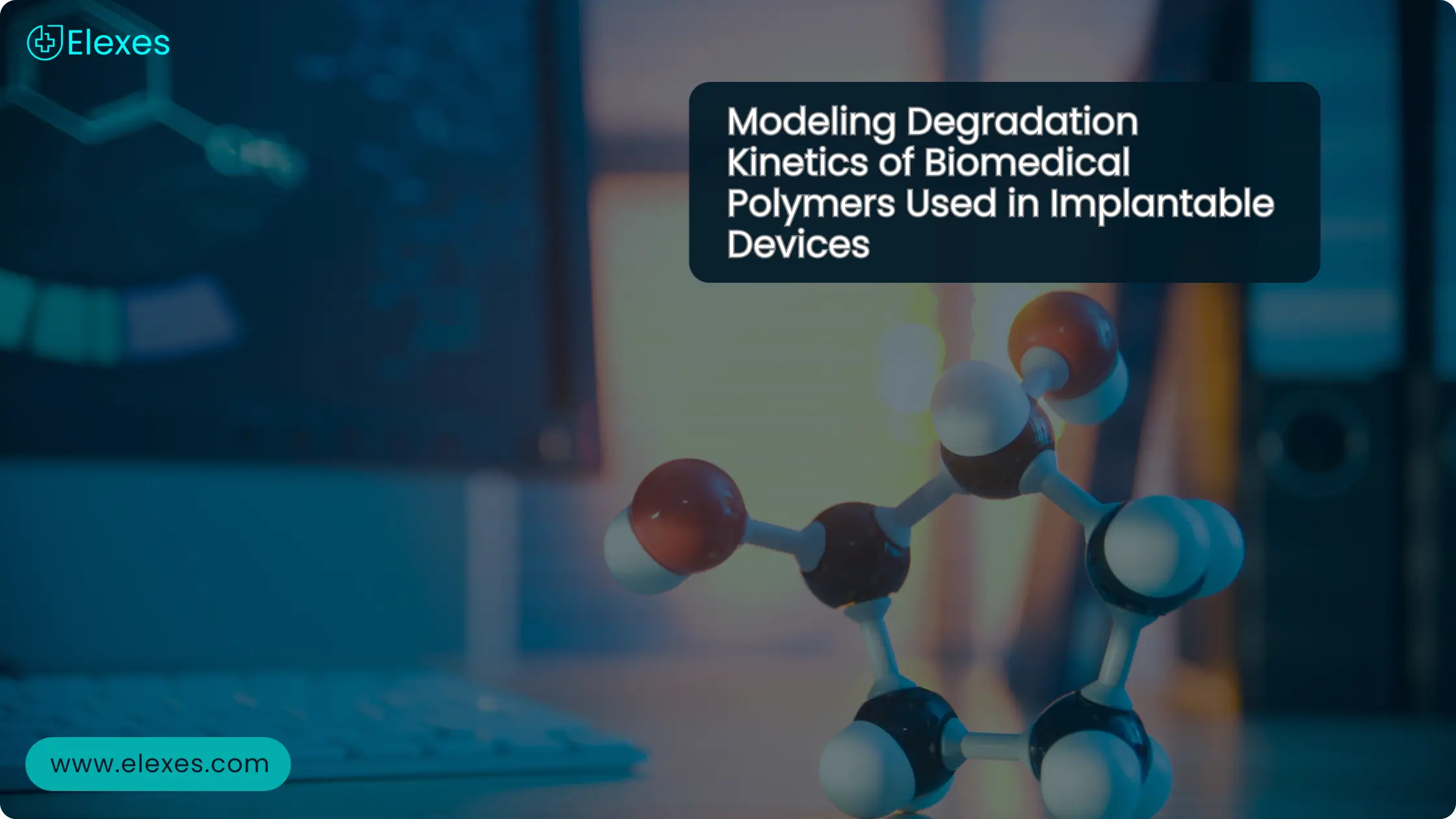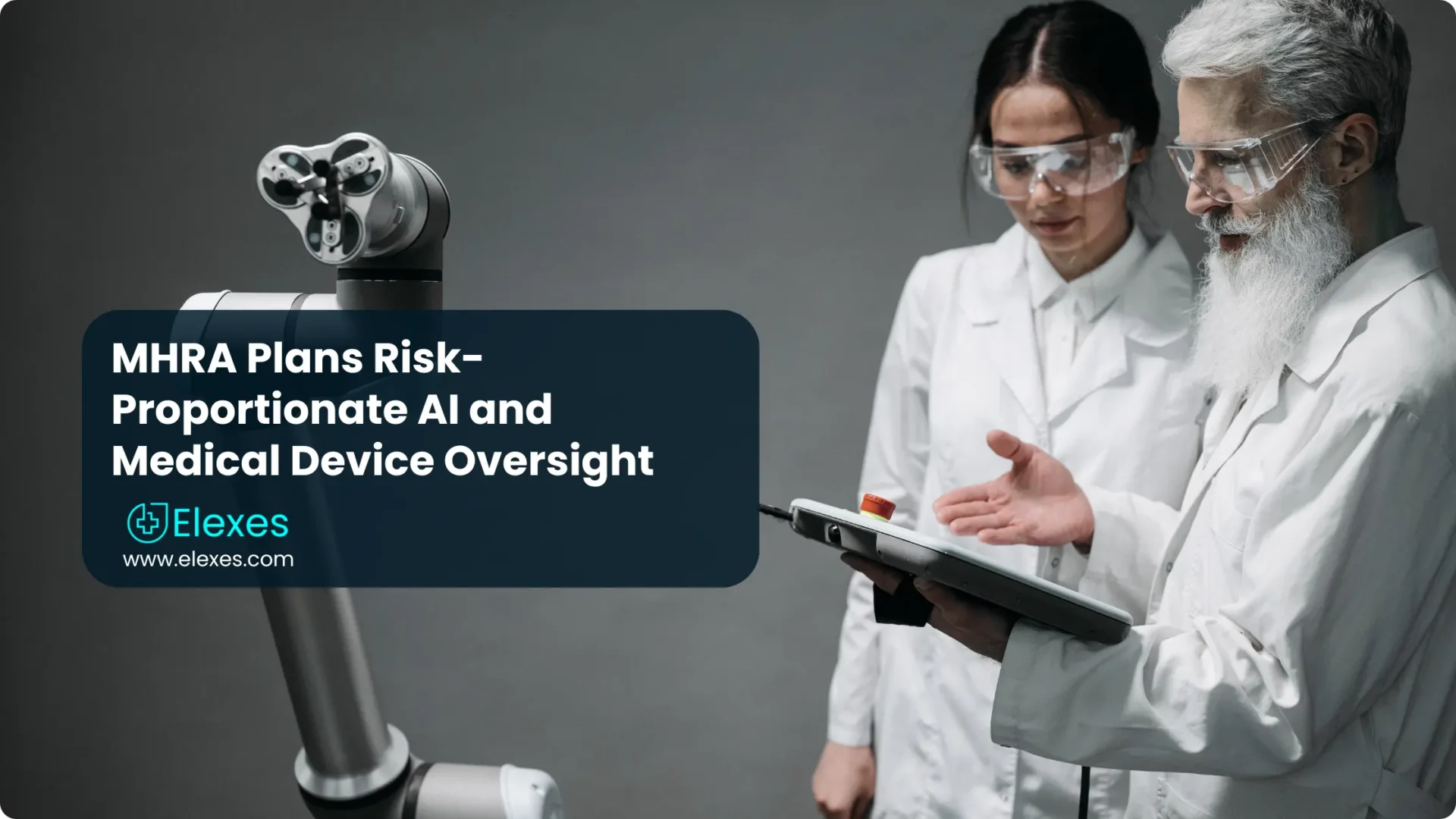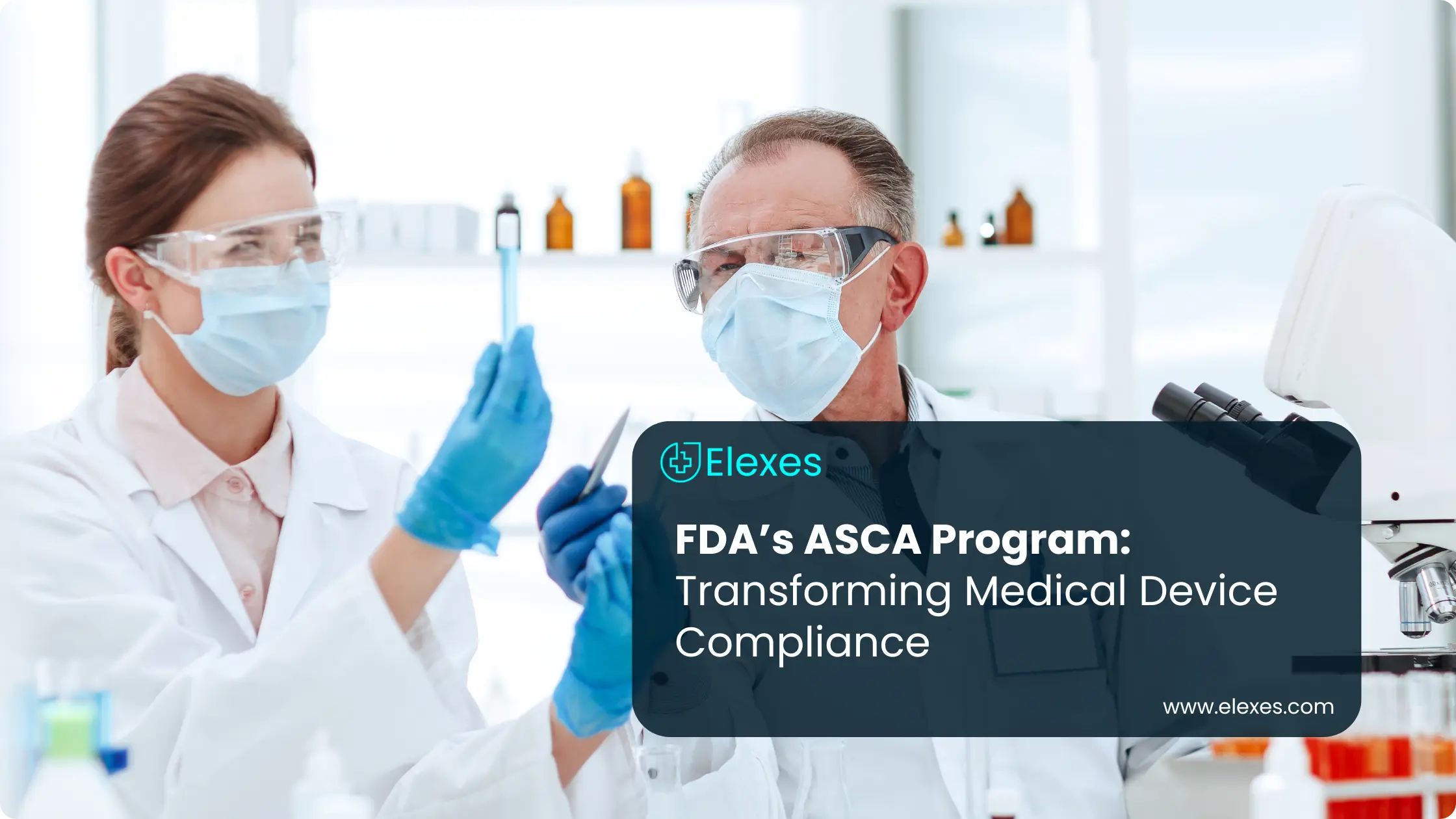Harmonised Standards for Medical Devices & IVDs: Importance Explained
The word “harmonised standard” means a “European standard adopted on the basis of a request made by the Commission for the application of Union harmonization legislation”, as per Regulation EU 1025/201. The prefix “EN” such as EN ISO 14971:2012 or EN ISO 13485:2016, are used to identify such standards. These harmonised standards for medical devices and IVDs are used to comply with the demands of the European Directives by recognised European standards bodies, such as:
⦿ CEN (European Committee for Standardization)
⦿ CENELEC (European Committee for Electrotechnical Standardization)
⦿ ETSI (European Telecommunications Standards Institute)
Harmonised Standards were developed with the intent of creating a unified market to boost commerce and allow companies to operate freely among the European Union’s member states.
The European Commission requested that the European Standards Organizations develop various standards to help manufacturers, other stakeholders including conformity assessment organizations.
With 10+ years helping MedTech companies implement harmonised standards under EU MDR/IVDR, Elexes accelerates market approval. As a QA Director or R&D Manager, adopting harmonised standards simplifies your CE strategy and reduces compliance risk.
Harmonised Standards are created for:
⦿ Products
⦿ Processes
⦿ International standards like ISO and IEC’s recommendations
Now that we’ve seen what harmonized standards are and why they’re fundamental for complying with EU rules, the next question which arises is “What are the benefits of Harmonised Standards?” Here’s the response.
Harmonized standards can improve:
⦿ Device manufacturing consistency
⦿ Accuracy of the product
⦿ Control of the product
⦿ Better results in safety and efficacy
⦿ Effective devices that operate as intended
Let’s take a closer look at some of the harmonized standards for Medical Devices and IVDs as not all standards are harmonized by the European Commission.
List of Harmonised Standards for Medical devices
EN 285:2015+A1:2021- Sterilization — Steam sterilizers — Large sterilizers
EN ISO 10993–9:2021- Biological evaluation of medical devices — Part 9: Framework for identification and quantification of potential degradation products
EN ISO 10993–12:2021- Biological evaluation of medical devices — Part 12: Sample preparation and reference materials
EN ISO 10993–23:2021- Biological evaluation of medical devices — Part 23: Tests for irritation
EN ISO 11135:2014- Sterilization of health-care products — Ethylene oxide — Requirements for the development, validation and routine control of a sterilization process for medical devices
EN ISO 11737–2:2020- Sterilization of health care products — Microbiological methods — Part 2: Tests of sterility performed in the definition, validation and maintenance of a sterilization process
EN ISO 13408–6:2021- Aseptic processing of health care products — Part 6: Isolator systems
EN ISO 13485:2016, EN ISO 13485:2016/A11:2021, EN ISO 13485:2016/AC:2018- Medical devices — Quality management systems — Requirements for regulatory purposes
EN ISO 14160:2021- Sterilization of health care products — Liquid chemical sterilizing agents for single-use medical devices utilizing animal tissues and their derivatives — Requirements for characterization, development, validation and routine control of a sterilization process for medical devices
EN ISO 14971:2019, EN ISO 14971:2019/A11:2021- Medical devices — Application of risk management to medical devices
EN ISO 15223–1:2021- Medical devices — Symbols to be used with information to be supplied by the manufacturer — Part 1: General requirements
EN ISO 17664–1:2021- Processing of health care products — Information to be provided by the medical device manufacturer for the processing of medical devices — Part 1: Critical and semi-critical medical devices
EN ISO 25424:2019- Sterilization of health care products — Low temperature steam and formaldehyde — Requirements for development, validation and routine control of a sterilization process for medical devices
EN IEC 60601–2–83:2020, EN IEC 60601–2–83:2020/A11:2021- Medical electrical equipment — Part 2–83: Particular requirements for the basic safety and essential performance of home light therapy equipment
List of Harmonised Standards for IVD devices
EN ISO 11135:2014, EN ISO 11135:2014/A1:2019 — Sterilization of health-care products — Ethylene oxide — Requirements for the development, validation, and routine control of a sterilization process for medical devices.
EN ISO 11137–1:2015, EN ISO 11137–1:2015/A2:2019 — Sterilization of health care products — Radiation — Part 1: Requirements for development, validation and routine control of a sterilization process for medical devices.
EN ISO 11737–2:2020 — Sterilization of health care products — Microbiological methods — Part 2: Tests of sterility performed in the definition, validation, and maintenance of a sterilization process
EN ISO 25424:2019 — Sterilization of health care products — Low-temperature steam and formaldehyde — Requirements for development, validation, and routine control of a sterilization process for medical devices
EN ISO 17511:2021 — In vitro diagnostic medical devices — Requirements for establishing metrological traceability of values assigned to calibrators, trueness control materials, and human samples
Conclusion
Do you want to know more about the Harmonised Standards and how to precisely comply with them? Elexes has vast experience in preparing and updating documentation to demonstrate compliance with European medical device standards and regulations and is ready to assist your company. For more information, feel free to contact us at jennifer@elexes.com.
Join us in succeeding today!
FAQs
What are harmonised standards for medical devices?
Harmonised standards are european standards adopted to support the implementation of EU MDR/EU IVDR and which are published in the Official Journal of the EU. Compliance with the harmonised standardsprovide presumption of conformity to the EU MDR or IVDR requirements.
Are harmonised standards mandatory under EU MDR and IVDR?
They are optional. However, using harmonised standards simplifies compliance and is often expected by notified bodies during CE Marking reviews.
How do harmonised standards support CE Marking?
They help manufacturers demonstrate conformity to general safety and performance requirements of the MDR or IVDR, which streamlines the technical documentation and audit process.
What happens if no harmonised standard exists for my device?
When no harmonised standard exists, Common Specifications where applicable and industry standards if any can be used along with the comprehensive risk management process. Where necessary clinical and animal studies can be used to meet the general safety and performance requirements.





















